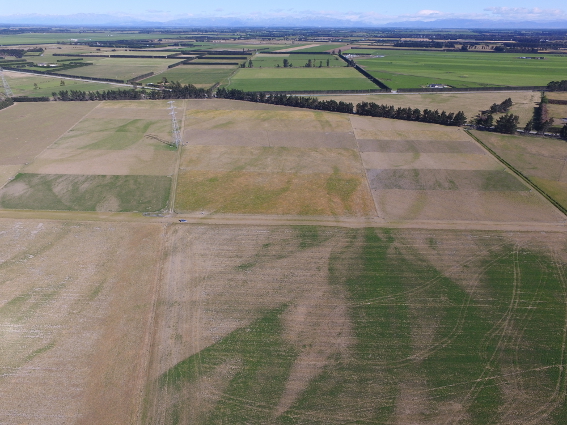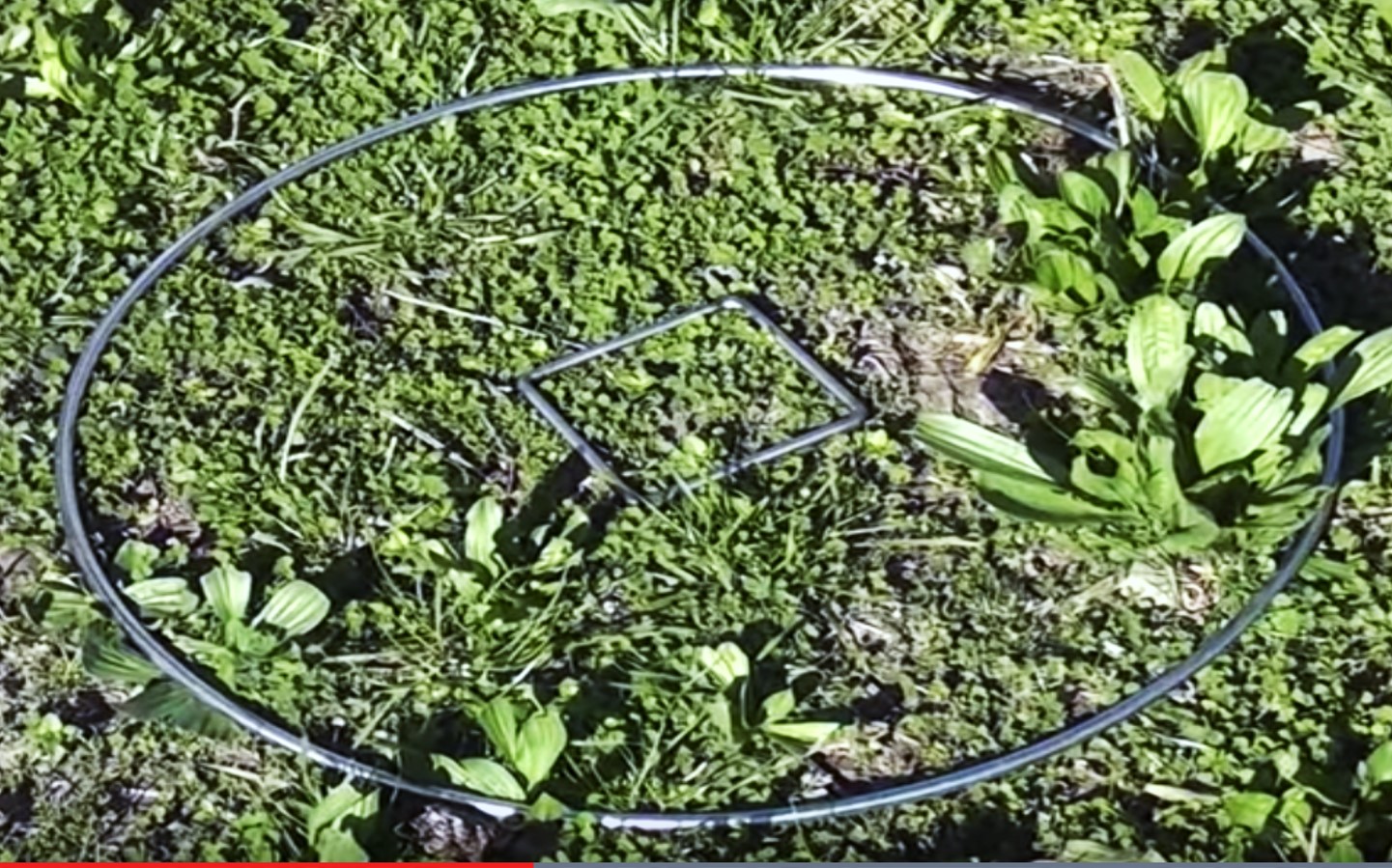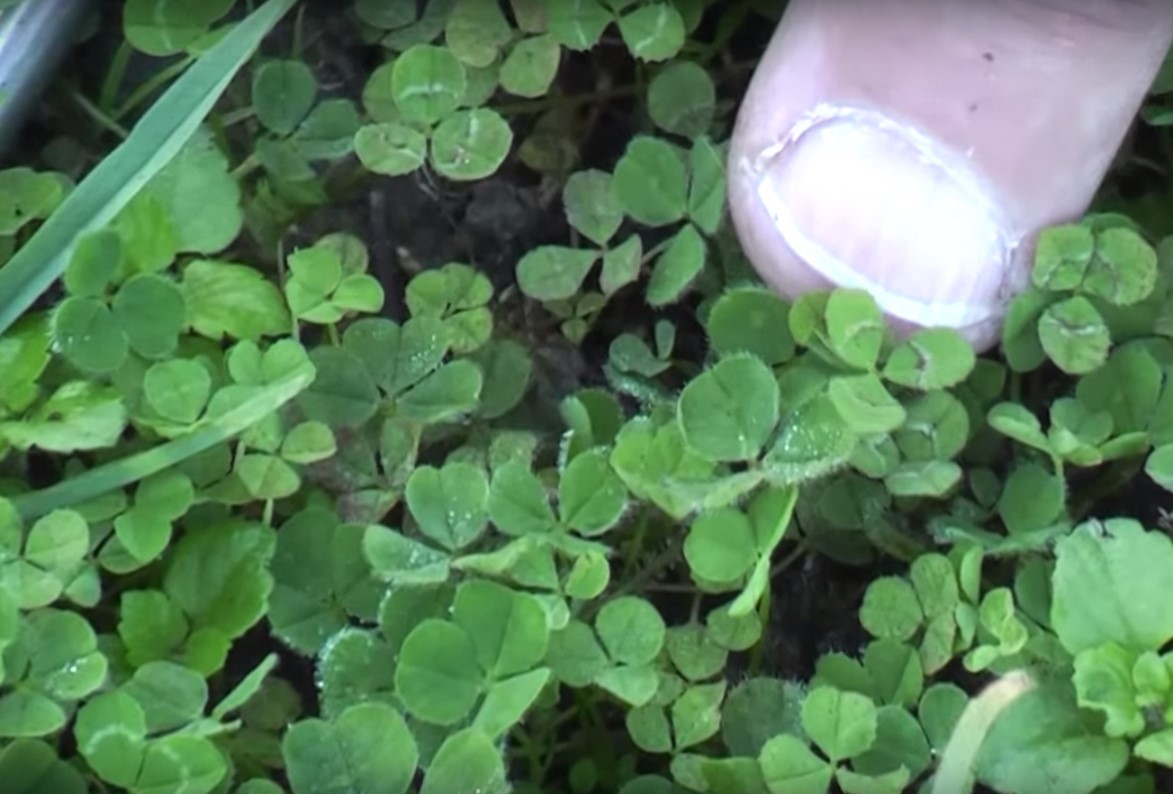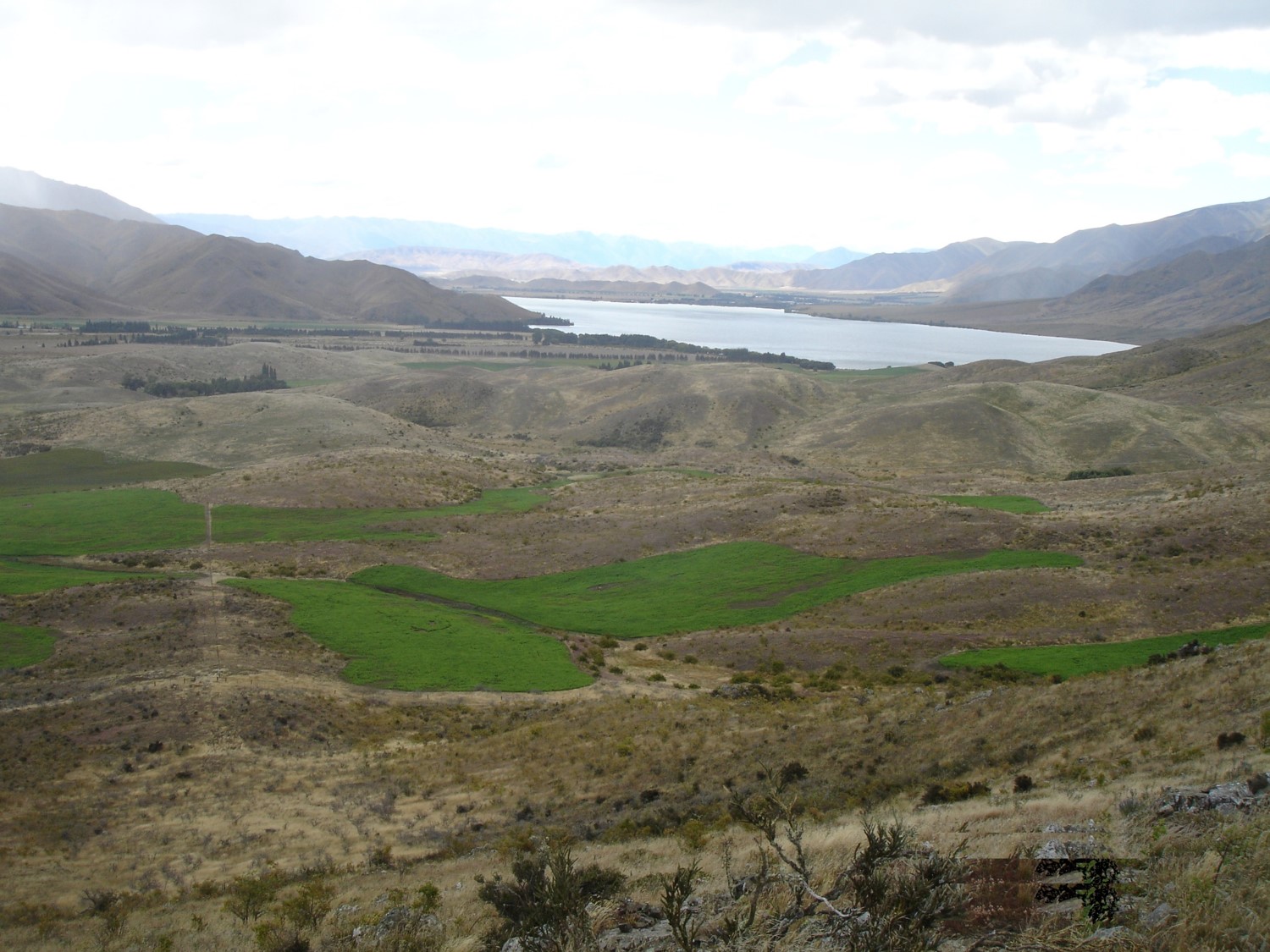Lucerne root growth and access to soil moisture
In this video Prof Derrick Moot discusses the differences between established and establishing lucerne stands in relation to the rate at which the roots explore and exploit water stored in the soil. Known as the extraction front velocity (EFV) this is a measure in millimeters of soil per day that the plant roots access to … Read more









